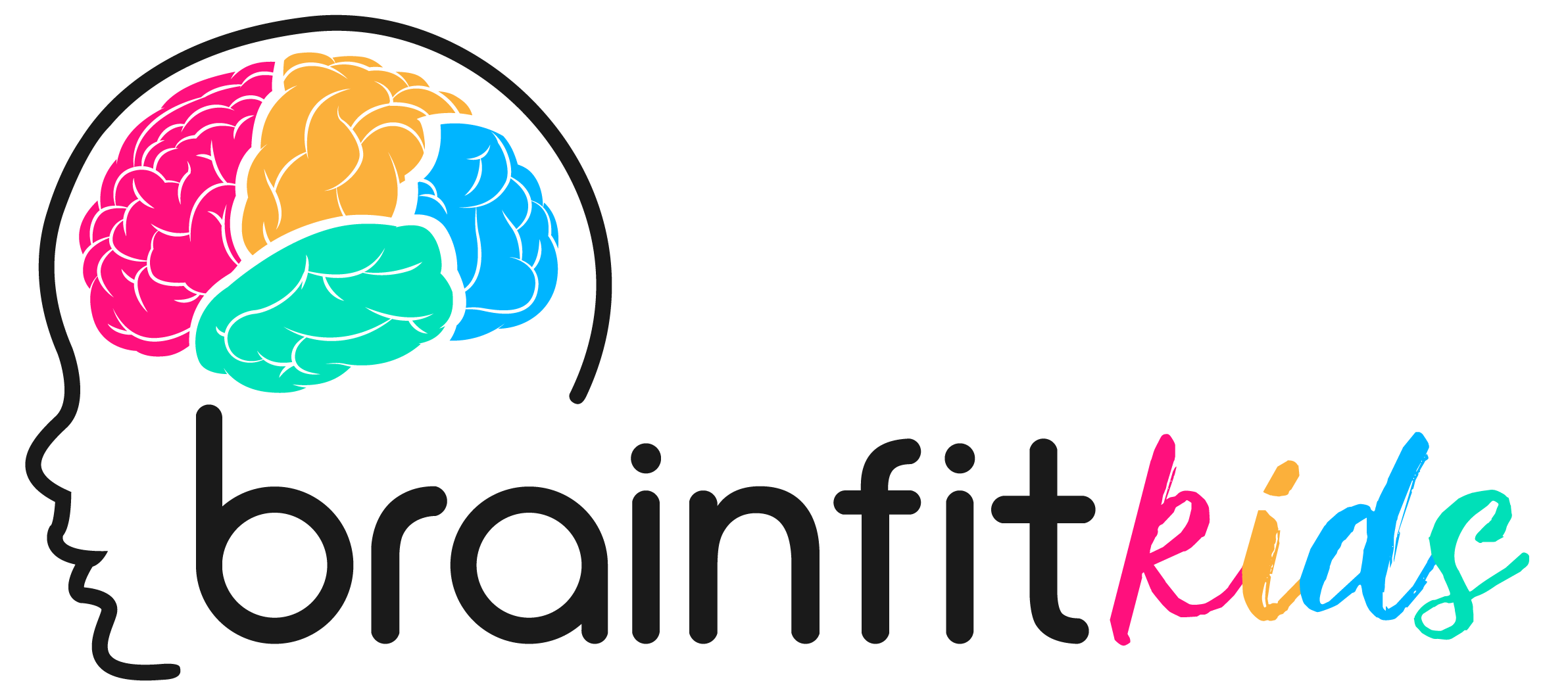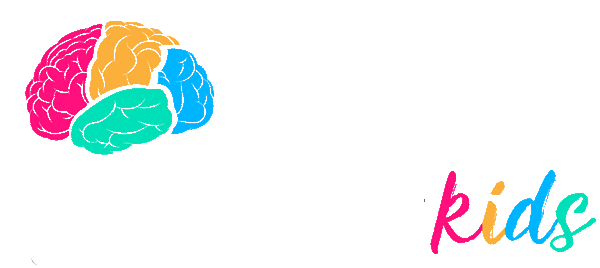
Movement is vital for the developing brain and body of the growing child. Every movement made develops connections in the mind/body system. Movement creates and strengthens the connections within the brain and the nerve pathways around the body. These connections are vital for learning such as reading, writing, memory and sensory development to be able to take place.
Facts about movement and brain development:
- Physical activity fuels the brain with oxygen.
- Certain movements stimulate the inner ear – this helps physical balance and motor coordination.
- Movement decreases stress, which is critical for learning to take place.
- Visual tracking of moving objects (e.g. balls) is crucial for a child’s eyes to learn to work together and for vision to develop the correct connections in the brain.
- The part of the brain that processes movement is the same part of the brain that processes learning, so movement helps stimulate learning.
- Increasing the difficulty of movement challenges utilises more brain cells and pathways.
- The left side of the brain usually works the right side of the body; the right side of the brain usually works the left side of the body.
Active movement ideas for teachers, parents and caregivers:
- Select movement activities that encourage children’s bodies to cross the midline. For example, locomotive skills like marching encourage using both sides of the body. Manipulative skills like shooting hoops, catching and batting, and throwing are all excellent activities for strengthening the connection between the left and right side of the body.
- Children need to be given plenty of opportunities to practice different active movement skills; a minimum of at least 2000 times per skill is a good benchmark.
Building new brain pathways using neuroplasticity takes time and repetition!
For more information contact Brainfit Kids on (03) 9850 3063 to see how we can help your child move better!

